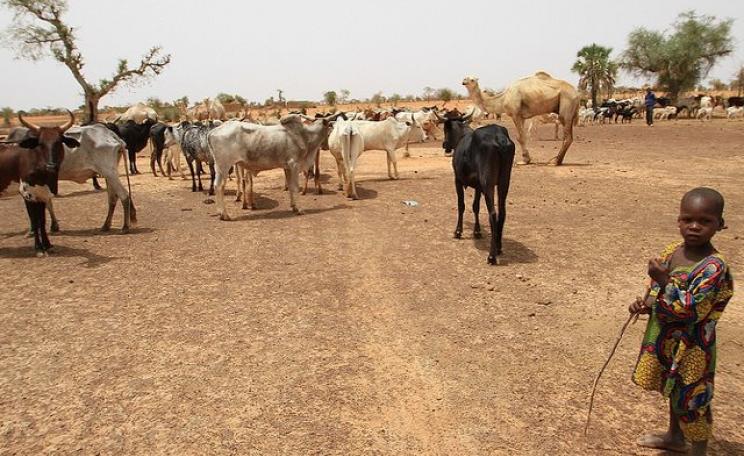Bats launch themselves directly into energy-demanding flight at the onset of their active hours and do so on an empty stomach, fueling flight by limited fat reserves
Bats use an unusual heart rate pattern and extremely efficient metabolism to balance energy conservation with the sudden bursts of power required for flight, says a new study in eLife.
The results reveal a new energy-conserving strategy that may be applicable to other animals, and demonstrate a physiological adaptability in bats that has likely played a part in the evolutionary success of more than 1,300 species worldwide.
All animals must carefully balance spending energy on finding food with maintaining reserves for essential living processes, repair and reproduction.
Avoiding starvation
Bats provide an extreme example of this balance, says Teague O'Mara, lead author of the study and Postdoctoral Research Fellow at the Max Planck Institute for Ornithology in Germany.
"Bats launch themselves directly into energy-demanding flight at the onset of their active hours and do so on an empty stomach, fueling flight by limited fat reserves," O'Mara said.
"They then refuel their enormous demand for power by rapidly metabolising their food, which can lead to starvation if food is limited."
Bats launch themselves directly into energy-demanding flight at the onset of their active hours and do so on an empty stomach, fueling flight by limited fat reserves
"We wanted to understand how they balance this daily energy dilemma: the need to rapidly power flight but to quickly switch to conserving energy stores once food has been found."
To find out, the team followed four bats for several days in their natural environment in Gamboa, Panama, using newly miniaturised heart rate transmitters to measure their activity and energy expenditure.
They found that the bats' heart rates altered dramatically throughout the day. They were 4–5 times higher during flight than at rest, ranging from a minimum of 750 beats per minutes (bpm) to a maximum of 1,066 bpm, and using about 1,200 calories of energy an hour.
Most significant, however, was the discovery that the bats lowered their heart rate by 30% for 5–7 minutes several times an hour during rest. This 'cyclic bradycardia' has never been described before, but the novel strategy saved the bats 10% of their daily energy budget.
Replacing fat reserves
The team next measured how quickly the bats' food entered their metabolism, by switching their diet to one that contained labelled carbon molecules.
They found that 50% of the animals' metabolism was fuelled by ingested food after only eight minutes, and they replaced nearly half of their fat reserves in a single day, putting them at risk of starvation for only a short time.
To understand how the bats can switch so rapidly from energy conservation to consumption when they fly, the team studied levels of circulating cortisol – a hormone that controls the metabolism of energy reserves.
All the bats had exceptionally low cortisol levels during the day, reflecting their need for optimal energy conservation. But impressively, the animals could rapidly increase cortisol levels up to 15 times in response to stress, which the team speculate is key to generating instant power required for flight.
Dina Dechmann the senior author and Research Scientist at the Max Planck Institute for Ornithology, said: "We have shown that combining a novel energy-conserving strategy – cyclic bradycardia – with an efficient metabolism allows bats to survive on an energetic 'knife-edge' in tropical conditions."
"Our findings highlight the value of collecting data from naturally behaving animals in the wild to help understand how they adapt physiologically to energy constraints, particularly in tropical environments."
This Author
Brendan Montague is acting editor of The Ecologist magazine. He can be found on Twitter, @EcoMontague.







